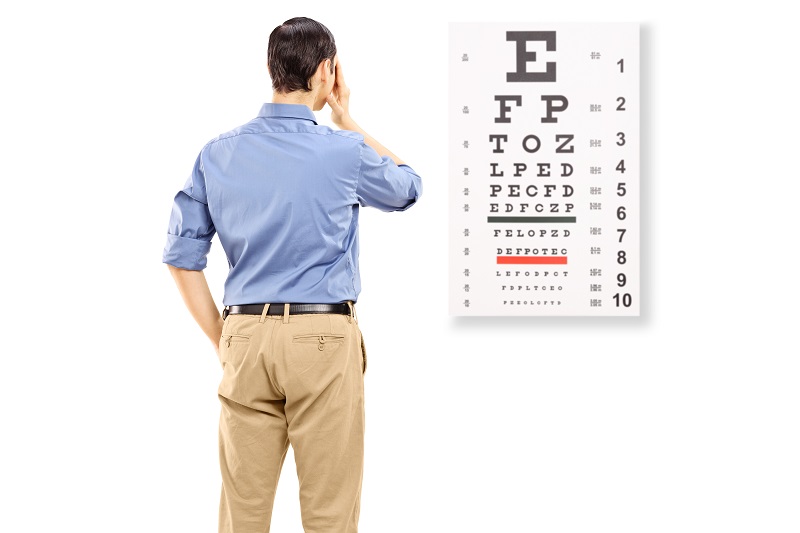
Chances are you have heard the term “20/20 vision” mentioned in relation to eye care. It’s a common phrase, yet many do not know exactly what it means.
Understanding Visual Acuity
Visual acuity refers to the sharpness of a person’s vision. This measurement is taken using one of the most recognizable tests in the ophthalmologist’s office: the eye chart.
The patient remains seated and stationary while looking at a black and white chart with lines of letters or numbers. This is usually hung a short distance away on a wall. The rows get smaller the further down the chart they go. The patient is asked to read the lines down to the smallest size they can see.
Visual acuity is determined by three factors:
- How the cornea and lens focus light
- Nerve sensitivity in the retina and brain
- Brain’s ability to interpret visual data
Breaking Down 20/20 Vision
What do eye charts have to do with 20/20 vision? The measurement is based on Snellen fractions, named for Dutch ophthalmologist Herman Snellen. The first number is the distance between the eye chart and the patient. Doctors in the U.S. usually use 20 feet while other countries prefer six meters.
One of the smaller lines is used as the baseline for normal vision. This is considered the 20/20 line. Anything below that is even smaller and identified by lower numbers (15, 12, 10). If you can read those, then you have better than average visual acuity.
Anything above the 20/20 line is identified by higher numbers (40, 60, etc.). Only being able to read down to one of these larger lines indicates less-than-average visual acuity. The large “E” at the top of the eye chart is considered 20/200. Patients who can only read the “E” while using corrective lenses are considered legally blind.
Find out what your visual acuity is by calling Grosinger, Spiegelman & Grey today and making an appointment at our Bloomfield Hills office. We can help you find the best prescription for the clearest eyesight and make sure that your eyes are healthy.
